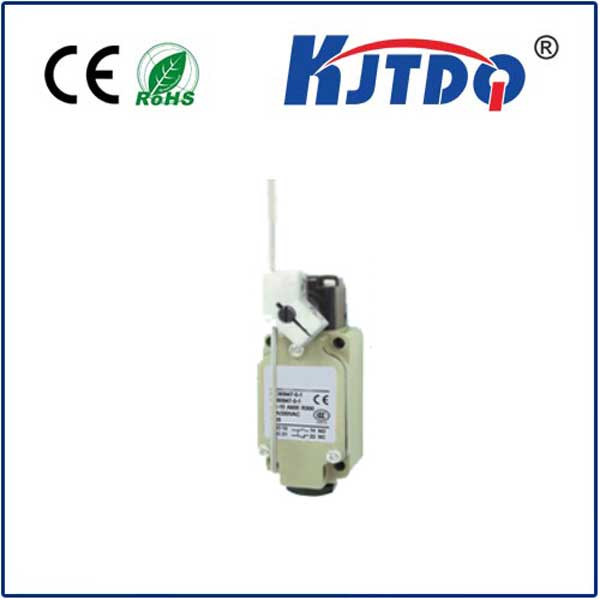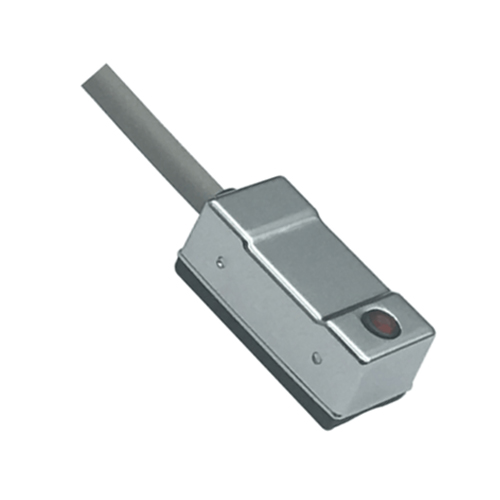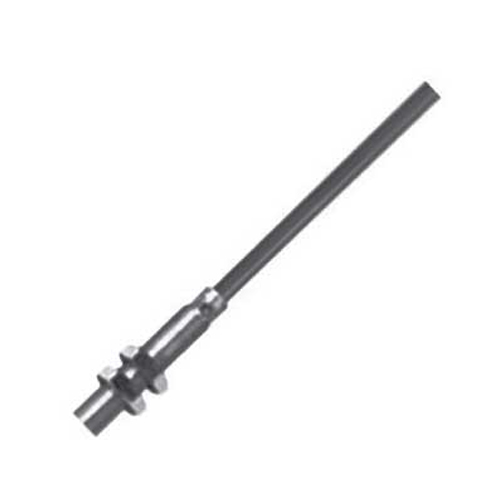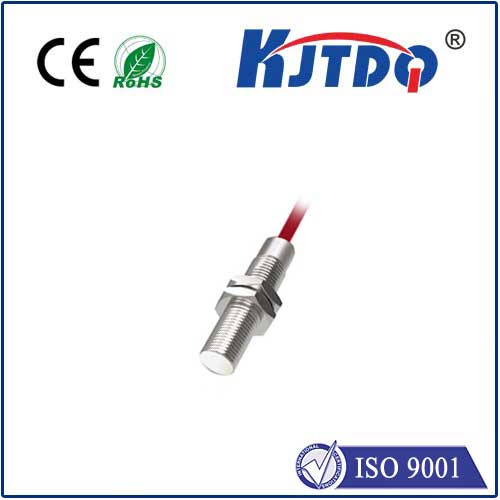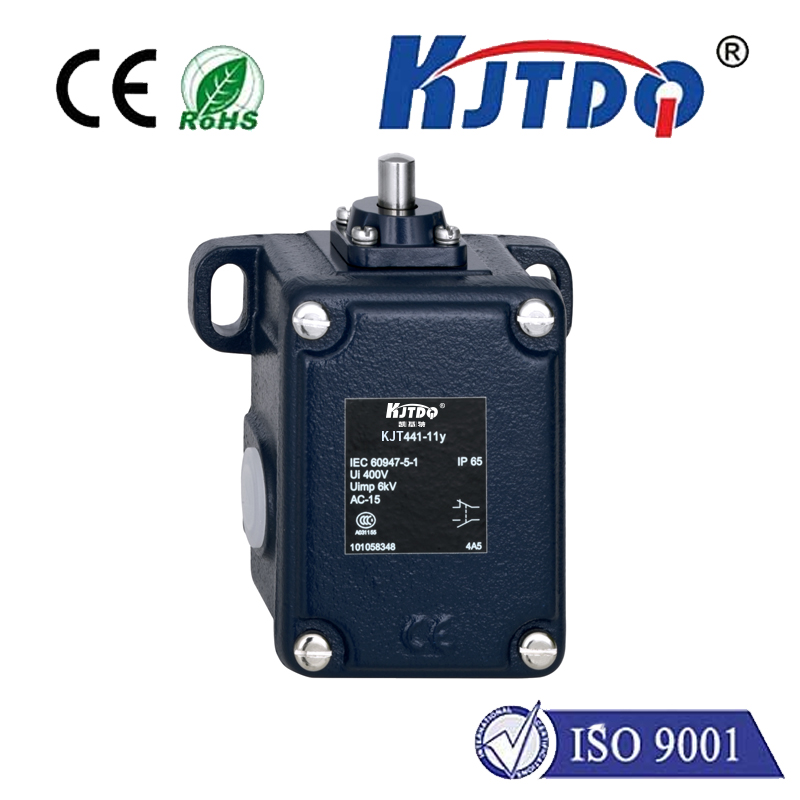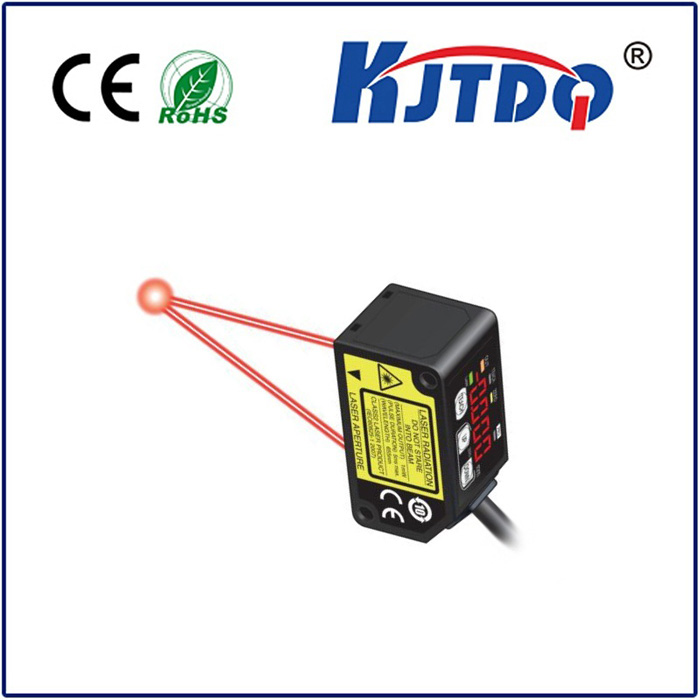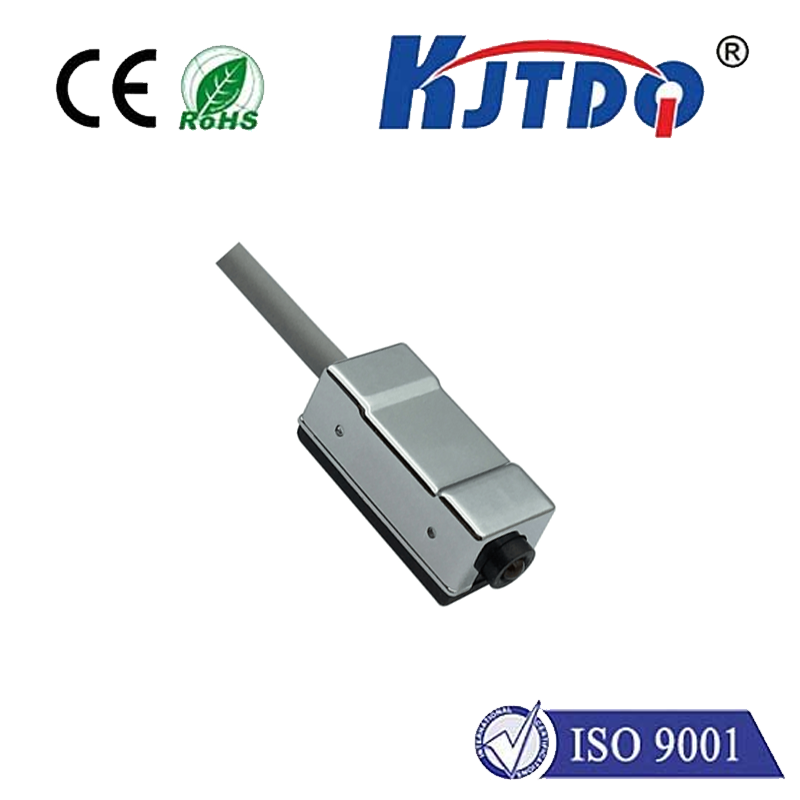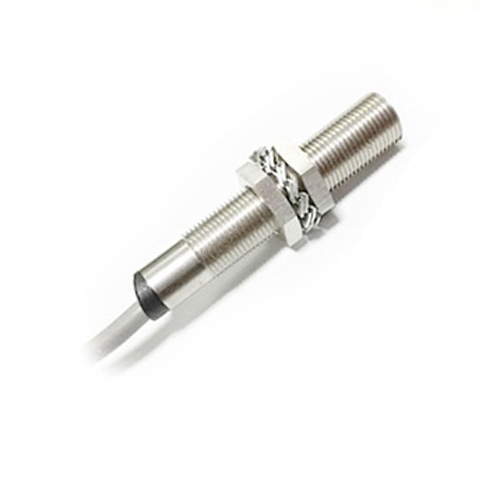
Title: Understanding the Role of Limit Switch Proximity Sensors In the realm of automation technology, limit switch proximity sensors stand as crucial components that ensure machinery operates within safe and efficient parameters. These devices are essential for monitoring position, ensuring precise control, and preventing damage or operational errors in various industrial applications. At its core, a limit switch is an electronic device used to sense the presence or absence of a target object without physical contact. This non-contact operation is achieved through the use of proximity sensors. These sensors come in different types, including capacitive, inductive, photoelectric, and magnetic, each suited for specific environments and tasks. Capacitive proximity sensors operate on the principle of change in capacitance when an object approaches the sensor’s detection area. They are ideal for detecting non-metallic objects such as wood, plastic, and glass. In contrast, inductive proximity sensors work based on electromagnetic fields; they are best suited for metal objects and are commonly used in manufacturing and assembly lines where metallic parts are present. Photoelectric sensors use light to detect targets and are perfect for high-speed applications requiring quick response times. They are often found in packaging, sorting systems, and conveyor belts. Magnetic sensors utilize magnetism to detect ferrous (iron-containing) materials and are robust enough to withstand harsh conditions like vibration and dirt. The importance of limit switch proximity sensors extends beyond mere presence detection. By setting predetermined points, these sensors can act as both start and stop mechanisms for machinery. For instance, if a robot arm moves too far along a designated path, a limit switch will trigger, halting the machine and preventing potential collisions or overextensions. Another critical aspect is their role in maintaining quality control. In automated production lines, limit switches can signal when a product does not meet specified size requirements or if it deviates from its intended path. This ensures that only products meeting exact standards proceed to the next stage of production, enhancing overall output quality. Maintenance is another factor where limit switch proximity sensors prove invaluable. By providing accurate data on machine status and performance, they allow for predictive maintenance schedules, reducing downtime and extending equipment lifespan. In conclusion, limit switch proximity sensors are indispensable tools in modern automation. Their ability to precisely monitor position, ensure accurate motion control, and maintain safety standards make them vital for a wide range of industries. From manufacturing plants to packaging facilities, these sensors contribute significantly to efficiency, productivity, and safety, underscoring their role as unsung heroes of automation.
